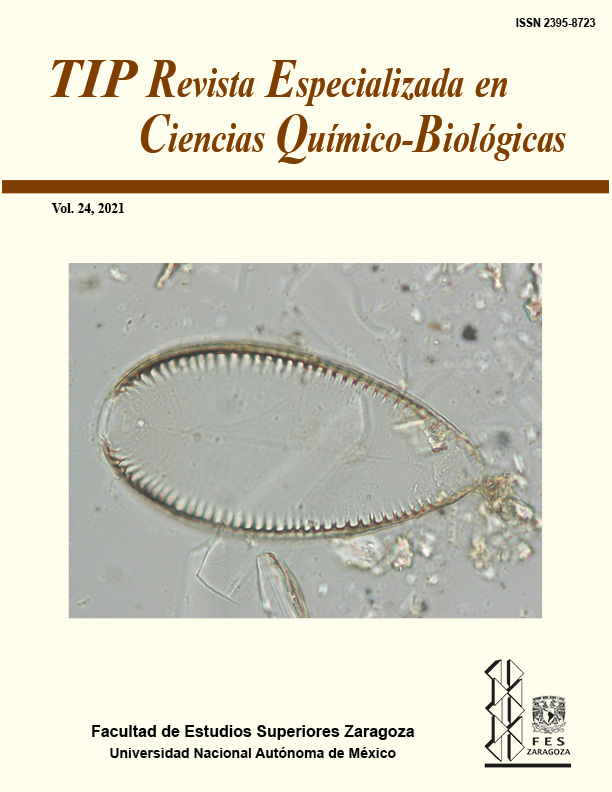Abstract
Immobilized microorganisms and their use in agriculture as biofertilizers or for biocontrol, is a developing topic; and the concentration of inoculum for bioencapsulation, without affecting the growth and production of metabolites by the microorganism, is an important aspect to consider. Fischerella sp. cells they were encapsulated with calcium alginate using different percentages of inoculum (1, 5, 10 and 20%), and dry weight, NH4+ and phycobiliproteins concentration in biomass were determined. Growth and metabolism of Fischerella sp. was higher in bioencapsulated vs free cells. Dry weight and NH4+ of Fischerella sp. was increased 2.8 times more in bioencapsulated vs free cells. Dry weight value was 0.032 µg mL-1 with the concentration of 20% inoculum, and statistically showed significant differences. Unlike free cells, bioencapsulation protects cells from biotic and abiotic stress, maintaining metabolic activity and viability for longer periods of time. Bioencapsulated from Fischerella sp. to produce NH4+ and its use as a biofertilizer in agriculture, is an alternative versus use of chemical fertilizers.
TIP Magazine Specialized in Chemical-Biological Sciences, distributed under Creative Commons License: Attribution + Noncommercial + NoDerivatives 4.0 International.



